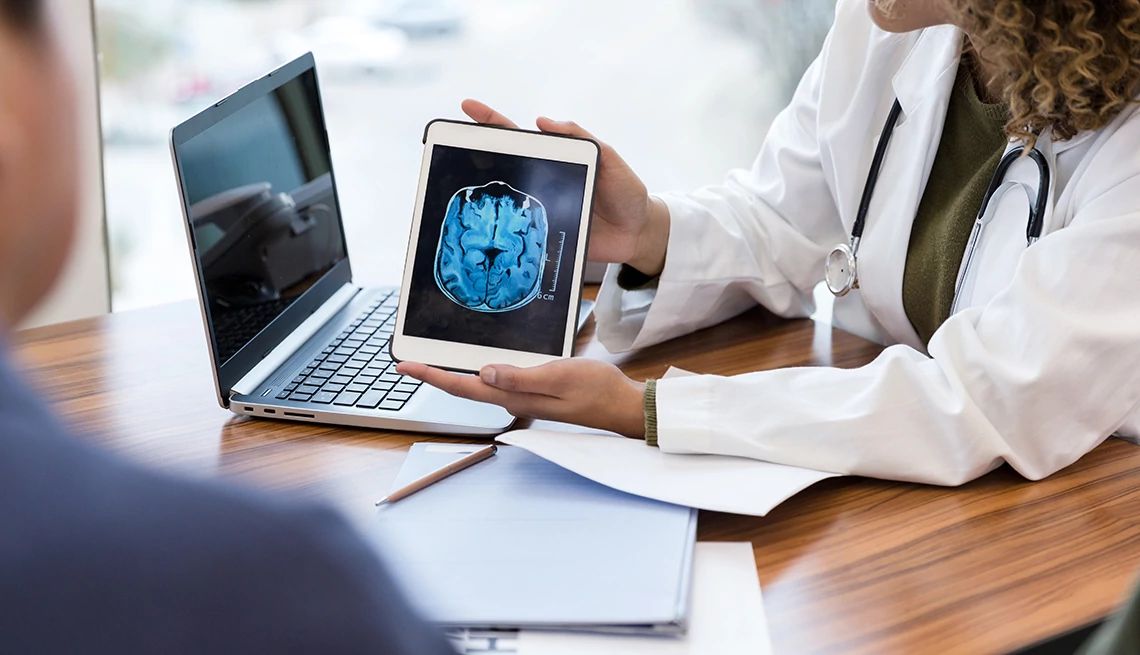Challenges


Every day, your gut and brain talk to each other. They send signals back and forth relaying information about your appetite, stress levels and more. This crosstalk is the reason why a stressful situation like giving a speech might trigger a feeling of “butterflies” in your stomach. It also helps explain why people with irritable bowel syndrome, or IBS, are prone to anxiety, and why many drugs used to treat mental health issues, such as SSRI antidepressants, can come with gastrointestinal side effects.
The brain-gut connection can affect your mood and behavior and, later in life, your cognitive function, research suggests.
So what exactly is happening inside your body when your brain and gut communicate? It’s a complex interplay that also involves your endocrine and immune systems. But these are the key players:
Enteric nervous system
What it is: A vast network of hundreds of millions of neurons, or nerve cells
Where it's found: The entire length of your digestive tract
What it does: Nicknamed the “second brain,” the enteric nervous system is in constant contact with your actual brain. Yet it works independently to manage everything about your digestion, including the muscle contractions that move food through the digestive tract.
Vagus nerve
What it is: One of 12 cranial nerves that link your brain to different parts of your body
Where it's found: It travels from your brainstem to your abdomen
What it does: The vagus nerve is the main pathway by which your enteric nervous system and your brain communicate. Think of it like an ethernet cable connecting your gut and brain, says Hariom Yadav, director of the Center for Microbiome Research at the University of South Florida.














More From Staying Sharp
Start a Meaningful Conversation
Moving beyond small talk can strengthen connections
Tips and Tricks to Sneak in the Veggies
Sneak more veggies into your favorite dishes—casseroles, even desserts!3 Ways Black Americans Can Combat Dementia
The statistics are sobering, but there’s a silver lining